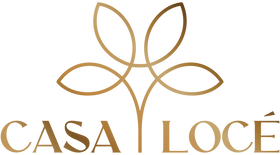What Is the Difference Between Chardonnay vs Sauvignon Blanc?
Chardonnay Vs Sauvignon Blanc: Discovering Their Differences
Expert Insights on What Truly Sets Chardonnay vs. Sauvignon Blanc Apart
At Casa Loce, we often hear wine lovers ask: What sets Chardonnay and Sauvignon Blanc apart? As wine experts with years of experience crafting and tasting these beloved varietals, we’ve come to appreciate their distinct personalities.
Chardonnay, with its ability to transform through oak aging or remain refreshingly unoaked, can range from buttery and full-bodied to bright and mineral-driven.
Meanwhile, Sauvignon Blanc is all about zesty acidity and vibrant citrus, but its character shifts depending on where it’s grown, from New Zealand’s grassy notes to France’s flinty elegance.
In this guide, we’ll share expert insights, real-world tasting comparisons, and food pairing tips that go beyond the basics—helping you confidently choose the right wine for any occasion. Let’s dive into the true essence of these iconic white wines!
Key Takeaways
-
Both hail from France. The first is famous for its full-bodied fruit flavors, which come from the Burgundy region, while the other offers crisp, vibrant green fruit notes.
-
Diversely, oak barrel aging and malolactic fermentation benefit the first.
-
The other one typically ages in stainless steel tanks.
-
Seafood or white meats pair well with the creamy texture of the first one.
-
On the other side, the acidity of the second complements dishes like grilled fish or green vegetables.
Understanding the Origin
Originating from France's Burgundy region, Chardonnay is famous for its adaptability. This grape variety thrives in diverse climates and soils, leading to its worldwide cultivation.
Sauvignon Blanc is another variety native to France. Cooler climates of Loire Valley and Bordeaux favor its growth. It is famous for its consistent presence among the most planted grape varieties globally.
"Chardonnay and Sauvignon Blanc, though sharing French origins, offer two distinct expressions of white wine. While Chardonnay enchants with its rich, full-bodied depth, often enhanced by oak aging, Sauvignon Blanc captivates with its crisp, vibrant acidity and herbaceous notes. Choosing between them isn’t just about taste—it’s about embracing the experience each wine offers.”

Exploring the Flavor Profiles
Within winemaking, one finds the identity of a wine in its flavor profile.
Chardonnay, known for its broad flavor profile, often presents tasting notes such as:
-
Apple, pear, and peach
-
Smooth texture
-
Vanilla or toasted oak hints, particularly in wines aged in oak barrels.
The other is famous for:
-
Crisp, vibrant flavors of green fruits - apple, lime, gooseberry
-
Herbaceous notes like grass, bell pepper, or jalapeno
-
Refreshing acidity makes this wine perfect for summer enjoyment.
Aging Process Comparison
Oak barrels significantly benefit Chardonnay grapes during aging, imparting profound complexity and depth. Employed fermentation methods with this wine, often involving malolactic fermentation, yield fuller-bodied, rounder profiled wine.
Conversely, the other’s aging typically occurs in stainless steel tanks, maintaining vibrant acidity and crisp character. The absence of oak influence lets the grape's natural flavors emerge.
Ideal Food Pairings
Pairing wine with food constitutes a gastronomic delight, enhancing culinary encounters.
Chardonnay wonderfully complements:
-
Seafood that accentuates the wine's smooth texture.
-
Brie and Camembert for a delightful cheese pairing.
-
Chicken or turkey, white meats that synchronize with Chardonnay's full-bodied character.
Contrastingly, the other ideally matches:
-
Oysters, clams, and grilled fish, seafood that enhances the wine's stimulating acidity.
-
Goat cheese offers a cheese pairing that beautifully aligns with the wine's tartness.
-
Asparagus and zucchini green vegetables resonate with the wine's invigorating qualities.
Choosing Your Preference
Chardonnay often appeals to those who prefer complex wines. Oak barrel aging imparts a toasty, vanilla flavor to this smooth wine.
Contrarily, the other captivates with its crisp, refreshing flavor. Tasting notes usually feature green apple, lime, and gooseberry, matched with a distinctive herbaceous quality. The absence of oak aging results in a brighter, more acidic wine compared to Chardonnay.
Supporting Facts and Statistics
According to the USDA's National Agricultural Statistics Service (NASS), in 2023, California's wine-type grape acreage reached 610,000 acres, with 570,000 bearing and 40,000 non-bearing. Chardonnay remained a top variety, covering 88,063 acres.
The Economic Research Service (ERS) stated that in 2022, Chardonnay represented 14% of California's grape crush, ranking as the top white wine variety by volume.
The USDA's National Agricultural Statistics Service (NASS) emphasized that in 2022, Washington wine grape growers produced 240,750 tons, reflecting a 34% increase from 2021.
Casa Loce’s Opinion on The Differences Between Chardonnay And Sauvignon Blanc
Both represent two esteemed white wines, each offering a distinctive tasting experience. Their origins lie in separate regions, shaping their unique flavor profiles, influenced by varying aging processes. Specific foods pair exceptionally well with each wine, enriching gastronomic delights. Preference for the two relies on personal palates and sought-after flavor characteristics. At CasaLoce.com, we believe that these wines, each with its charm, exemplify the abundant diversity within the realm of viticulture.
Frequently Asked Questions
What is the smoothest white wine?
Chardonnay is often considered the smoothest white wine due to its creamy, buttery notes and less acidic taste. This is mainly because winemakers often ferment and age Chardonnay in oak barrels, which gives it a smoother texture and taste.
Is Chardonnay a sweet or dry wine?
Chardonnay is typically a dry wine, meaning it has little to no residual sugar and tends to be less sweet. Its flavors can range from apple and citrus in cooler climates to tropical fruits in warmer regions. The sweetness perceived in some Chardonnays usually comes from the use of oak or malolactic fermentation rather than high sugar content.
Is Sauvignon Blanc a dry or sweet wine?
Sauvignon Blanc is usually a dry wine. It is known for its high acidity and herbal flavors. While some versions can have a hint of sweetness, most Sauvignon Blanc wines are crisp and dry, with flavors of green apple, lime, and gooseberry.
Which is more acidic, Chardonnay or Sauvignon Blanc?
Sauvignon Blanc typically has higher acidity than Chardonnay. While both wines can vary in acidity depending on the climate where the grapes are grown, Sauvignon Blanc is generally known for its sharp, refreshing acidity, compared to the smoother, less acidic profile of Chardonnay.
What is the best white wine for a beginner?
Riesling can be a great white wine for beginners. It's aromatic and flavorful and comes in a range of sweetness levels, from bone-dry to very sweet, allowing newcomers to discover their preferences. It's also generally lower in alcohol content, which can be appealing to those new to wine.
What is sweeter, Chardonnay or Sauvignon Blanc?
Chardonnay and Sauvignon Blanc are both typically dry wines, but Chardonnay can often seem sweeter due to its fruitier flavor profile and the use of oak aging, which can add a perception of sweetness. Sauvignon Blanc, on the other hand, is known for its high acidity and more herbaceous flavors.
What white wine do most people drink?
The most popular white wine that people tend to drink is Chardonnay. It's versatile and widely available, and its range of styles, from crisp and mineral to rich and butter, means it can appeal to a wide range of tastes.
Which white wine is on the sweeter side?
Moscato is a white wine that is on the sweeter side. It's known for its fruity flavors, low alcohol content, and often slightly fizzy character. These features make it a popular choice for those who enjoy sweeter wines.
What white wine is dry and not sweet?
Sauvignon Blanc is a white wine that is typically dry and not sweet. It has high acidity and herbaceous flavors, with little to no residual sugar. Its crisp, refreshing character makes it a popular choice for those who prefer dry wines.
Is Chardonnay smoother than Sauvignon Blanc?
Chardonnay is generally smoother than Sauvignon Blanc. The use of oak aging in Chardonnay often results in a creamier, smoother texture and less acidic taste compared to the crisp, high-acid character of Sauvignon Blanc.
What is the lightest white wine to drink?
Pinot Grigio is often considered the lightest white wine to drink. It's known for its crisp, refreshing acidity and light, citrusy flavors. Its light body and relatively low alcohol content also contribute to its reputation as a light wine.
Is Chardonnay a good wine for beginners?
Chardonnay can be a good wine for beginners, particularly those produced in cooler climates, as they tend to be less complex and more fruit-forward. However, due to its wide range of styles, some Chardonnays can also be quite complex and rich, which might be overwhelming for some beginners.
Join us for a look into our elegant approach to winemaking and gracious hospitality. We welcome our members and their guests by appointment only. Become a member or book an event by visiting CasaLoce.com
Casa Locé
Upper Ojai California
10065 N Ojai Rd, Ojai, CA 93023
https://maps.app.goo.gl/E7YQCnXAFHq1bKz46




